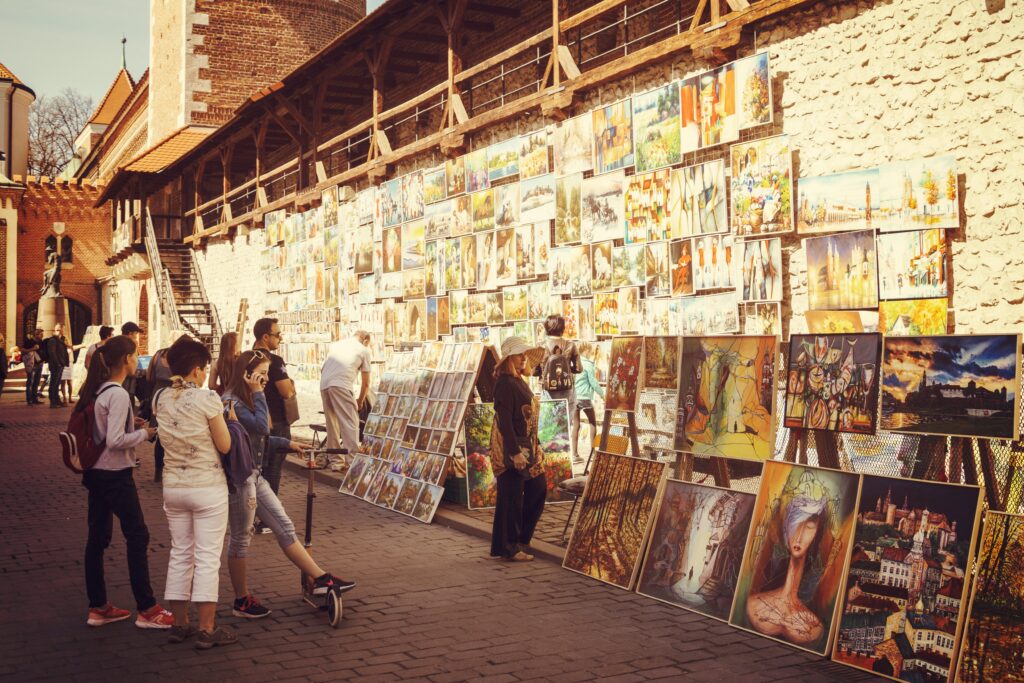In the vast tapestry of ancient myths, women have been portrayed through a spectrum of archetypes that range from the divine to the damned. These archetypes, deeply ingrained in the collective consciousness of cultures across the globe, often reflect societal values, fears, and aspirations. As we delve into the rich narratives of ancient myths, it becomes imperative to reevaluate and question the traditional categorizations of women, dismantling stereotypes that have endured for centuries.
The Divine Feminine:
One of the most prevalent archetypes of women in ancient myths is the Divine Feminine. These women are often depicted as goddesses, embodying virtues such as wisdom, fertility, and nurturing. In Greek mythology, Athena, the goddess of wisdom and warfare, stands as a powerful example of the Divine Feminine. Her wisdom surpasses that of her male counterparts, challenging the prevailing notion that intellect is the exclusive domain of men. Similarly, the Hindu goddess Saraswati symbolizes knowledge, music, and the arts, transcending conventional roles assigned to women.
These divine archetypes serve as inspiration, encouraging societies to recognize and honor the inherent strength and wisdom within women. By elevating women to the status of goddesses, ancient myths hinted at the potential for a harmonious balance between masculine and feminine energies.
The Damned and Downtrodden:
Conversely, many ancient myths cast women in roles that perpetuate harmful stereotypes and reinforce patriarchal norms. The damsel in distress archetype, pervasive in fairy tales across cultures, often reduces women to passive figures awaiting rescue by a heroic male. This narrative reinforces the notion that women are inherently weak and dependent, perpetuating harmful gender dynamics.
Moreover, certain myths vilify women as temptresses and agents of chaos. The biblical story of Eve in the Garden of Eden exemplifies this archetype, where a woman is blamed for humanity’s fall from grace. Such narratives contribute to the marginalization of women, fostering a culture of guilt and shame around female autonomy and sexuality.
Reevaluating Archetypes:
As we navigate the complex web of ancient myths, it is crucial to reevaluate these archetypes with a critical lens. Rather than accepting them as immutable truths, we must question the societal norms and power structures that influenced their creation.
Women in ancient myths were not monolithic; they were multifaceted beings with strengths, weaknesses, virtues, and vices. By acknowledging the diversity within these narratives, we open the door to a more nuanced understanding of women in antiquity. Perhaps, by reframing these archetypes, we can extract valuable lessons about the complexity of human nature and the need for gender equality.
Empowerment Through Mythology:
While some archetypes may perpetuate harmful stereotypes, others offer empowering narratives that can inspire contemporary conversations about gender equality. The reevaluation of ancient myths provides an opportunity to reclaim and celebrate the positive aspects of the Divine Feminine while dismantling oppressive stereotypes.
In conclusion, the ancient myths that have shaped our cultural narratives contain a rich tapestry of women’s archetypes. By critically examining and reevaluating these representations, we can move beyond limiting stereotypes and foster a more inclusive and egalitarian society. The stories of women in ancient myths are not relics of the past but living narratives that continue to shape our perceptions of gender today. Through a nuanced understanding of these archetypes, we can aspire to a future where women are not confined to narrow roles but are free to explore the full spectrum of their humanity.








